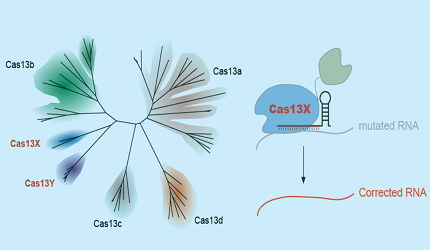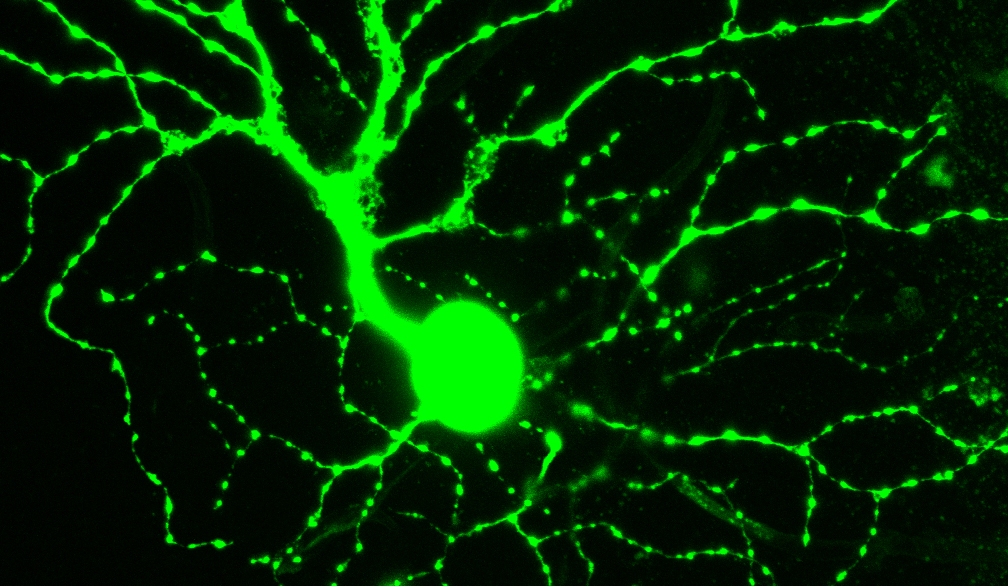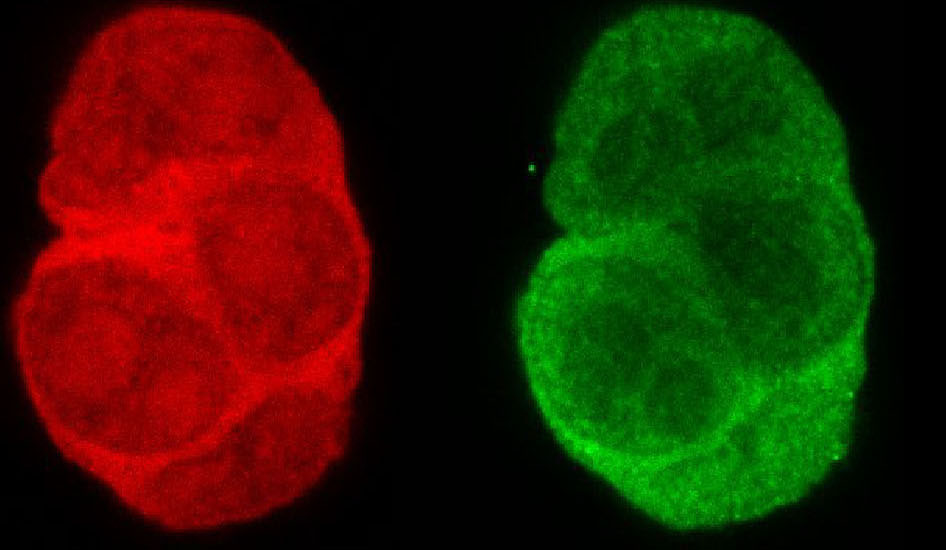
A recent study published in Neuron unraveled the computational mechanism of a specifically defined neural circuit in the cerebral cortex underlying the rule-based flexible decision-making behavior. This work was performed by the team from Dr. XU Ninglong’s lab.

A recent study published in Nature Methods demonstrated that novel compact CRISPR-Cas13 systems identified from uncultivated microbes exhibited robust RNA interference and base editing activity for both mammalian and viral RNA in cultured cells. This work was performed by researchers in Dr. Yang Hui’s Lab and Dr. Lai Jingsheng’s team .

In a study published in eLife by Dr. GU Yong’s lab , they used a virtual reality system in conjunction with extracellular electrophysiological recording techniques in awake macaques to investigate the encoding of self-motion signals in posterior cingulate region neurons in the macaque brain, and found that posterior cingulate cortex (PCC) carries robust vestibular signals with complex temporal-spatial tuning properties.

A recent study published in Current Biology demonstrated that there is a labeled line in the mouse retina that mediates looming triggered innate defensive response. This work was performed by researchers in Dr. ZHANG Yifeng’s Lab. This work has successfully identified a molecular marker for OFF-transient alpha retinal ganglion cells (αRGCs), studied these cells’ response to looming stimuli, and connected their activity to the behavioral output triggered by looming visual stimuli.

Recently, Dr. LIU Zhiyong’s group established a rapid genetic screening method. This study highlights that mosaic CRISPR-stop is a reliable method and will pave the way for genetic screening of developmentally essential genes in the mouse inner ear and other organs.

A recent study published in Nature Cell Biology demonstrates that the low-abundant transcripts and long non-coding RNAs (lncRNAs) could successfully be detected. This study was performed by researchers in Dr. YANG Hui's team and Dr. ZHOU Haibo's team. In this research, researchers developed a highly flexible sgRNA switch (Ents) driven by an endogenous promoter, which can theoretically process the information of any endogenous transcript.
